Liver disease in cats can present a significant challenge, often eluding detection until it reaches advanced stages. Understanding the subtle signs and symptoms that may indicate a problem with your feline companion's liver health is crucial for prompt intervention.
By familiarizing yourself with the key indicators and proactive steps to take, you can ensure that your cat receives timely treatment and care.
Stay tuned as we unravel the complexities of liver disease in cats, equipping you with the knowledge necessary to advocate for your pet's well-being and navigate potential health concerns effectively.
Key Takeaways
- Liver disease symptoms in cats can be subtle.
- Early detection through monitoring is crucial.
- Treatment depends on the underlying cause.
- Prognosis improves with prompt treatment initiation.
Importance of Early Detection
The early detection of liver disease in cats is crucial for timely intervention and improved prognosis. Cats are masters at hiding signs of illness, making it challenging for owners to recognize symptoms early on. Liver disease can progress rapidly, leading to severe complications if left untreated.
Regular monitoring of your cat's behavior, appetite, and litter box habits can help identify subtle changes that may indicate an underlying issue with the liver. Consulting with a veterinarian for routine blood work and ultrasound screenings can aid in the early diagnosis of liver disease, allowing for prompt treatment initiation.
Common Symptoms to Watch For
Monitoring your cat for common symptoms is essential in early detection of liver disease. Some signs to watch for include:
- Decreased appetite: Loss of interest in food can be a red flag.
- Lethargy: Unusual tiredness or lack of energy may indicate an issue.
- Jaundice: Yellowing of the skin or eyes is a visible symptom that requires immediate attention.
Being attuned to these subtle changes in your cat's behavior and appearance can help in catching liver disease early.
If you notice any of these symptoms, consult your veterinarian promptly for a thorough evaluation and appropriate management. Early detection is crucial for a better prognosis and successful treatment.
Diagnostic Methods for Liver Disease
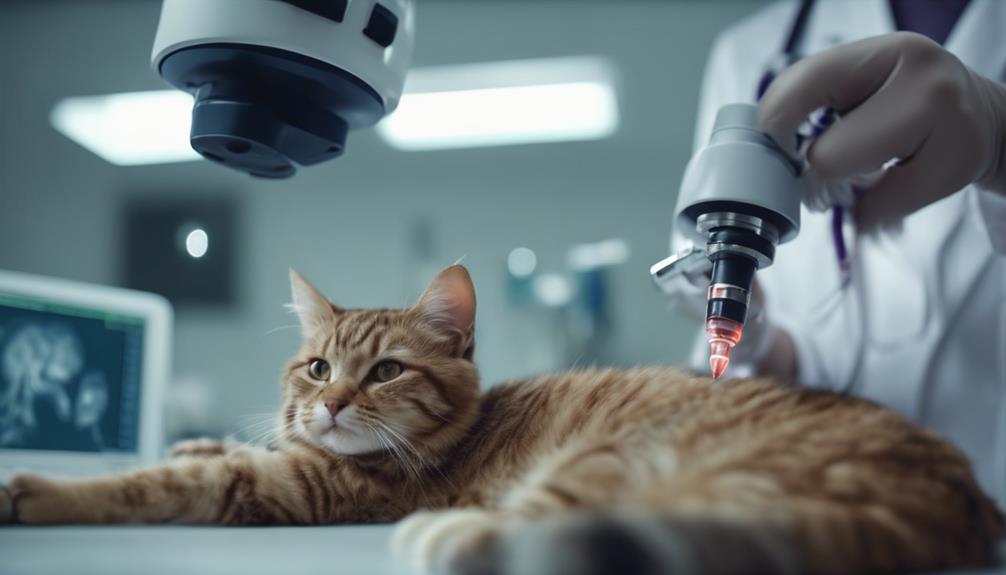
Early detection of liver disease in cats relies heavily on accurate diagnostic methods that can effectively identify underlying abnormalities in the liver. Common diagnostic tools used by veterinarians to diagnose liver disease in cats include blood work and ultrasound imaging. Blood tests can reveal elevated liver enzymes and bilirubin levels, indicating potential liver damage. Ultrasound imaging allows for a closer look at the liver's structure and can help identify any anomalies present. These diagnostic methods, when used together, provide valuable insights into the cat's liver health and aid in determining the most appropriate treatment plan.
| Diagnostic Method | Description | Benefits |
|---|---|---|
| Blood Work | Measures liver enzyme levels and bilirubin | Indicates liver damage |
| Ultrasound | Provides detailed images of the liver | Identifies structural abnormalities |
Understanding Treatment Options
Treatment options for liver disease in cats encompass a range of therapeutic interventions aimed at addressing the underlying causes and promoting liver function restoration. These can include:
- Antibiotics to combat infections.
- Supplements to support liver function.
- Surgery to remove obstructions or tumors.
These treatments aim to alleviate symptoms, improve liver health, and enhance the overall well-being of the cat.
Prognosis Based on Timely Intervention
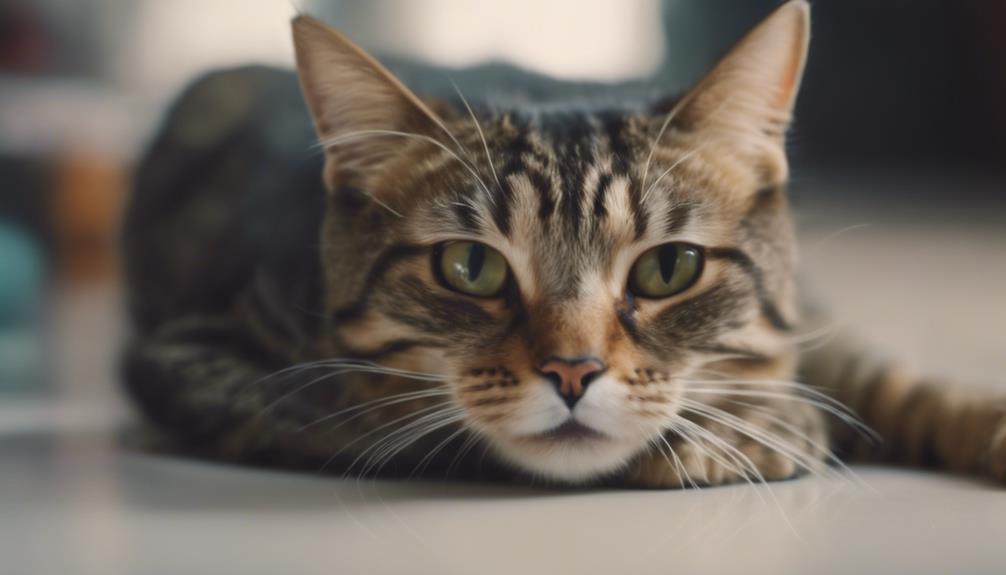
Understanding the critical impact of timely intervention on the prognosis of cats with liver disease is paramount in ensuring optimal outcomes for feline health.
Prompt recognition of symptoms, such as decreased appetite, lethargy, vomiting, weight loss, and jaundice, can lead to early diagnosis and treatment initiation, enhancing the chances of successful recovery.
Cats with liver disease benefit greatly from swift medical attention, as it allows for the implementation of appropriate therapies like antibiotics, supplements, or surgery when necessary.
With mild to moderate cases showing potential for liver regeneration with timely intervention, cat owners play a crucial role in closely monitoring their pet's health and seeking veterinary care at the first sign of trouble, ultimately influencing the cat's prognosis positively.
Monitoring Your Cat's Health
Regularly monitoring your cat's health is crucial for detecting any potential issues early on and ensuring prompt veterinary intervention if needed. To keep a close eye on your feline friend's well-being, consider the following:
- Observing Behavior: Watch for changes in your cat's appetite, activity levels, and overall behavior.
- Physical Examinations: Regularly check your cat for any unusual lumps, bumps, or abnormalities.
- Weight Management: Keep track of your cat's weight to monitor any sudden fluctuations.
Role of Antibiotics and Supplements
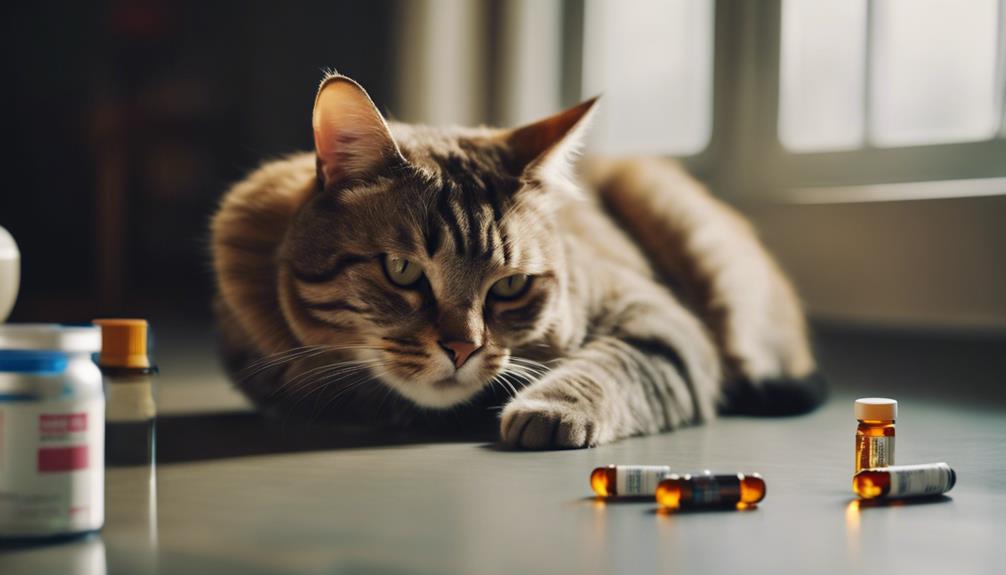
When managing liver disease in cats, the role of antibiotics and supplements is crucial in supporting treatment and promoting recovery. Antibiotics are often prescribed to combat any underlying infections that may be contributing to the liver disease. These medications help in controlling bacterial growth and reducing inflammation in the liver.
Additionally, supplements such as SAMe (S-Adenosyl-L-Methionine) and milk thistle can aid in liver function and regeneration. SAMe is known for its antioxidant properties and ability to support liver health, while milk thistle has anti-inflammatory effects that can help protect liver cells.
It is essential to follow your veterinarian's guidance on the appropriate use of antibiotics and supplements to ensure the best outcome for your cat's liver health.
Surgical Interventions When Necessary
Considering the severity of liver disease in cats, surgical interventions may become necessary to address specific underlying causes and complications. When faced with such a decision, it's essential for cat owners to understand the potential procedures that may be involved:
- Liver Biopsy: A biopsy may be needed to obtain a tissue sample for accurate diagnosis.
- Gallbladder Removal: In cases of severe cholecystitis or gallbladder obstruction, surgical removal may be required.
- Tumor Resection: If liver tumors are present, surgical removal might be necessary to prevent further spread or complications.
These interventions aim to alleviate the underlying issues contributing to the liver disease in cats, ultimately improving their quality of life and prognosis.
Critical Care for Severe Cases
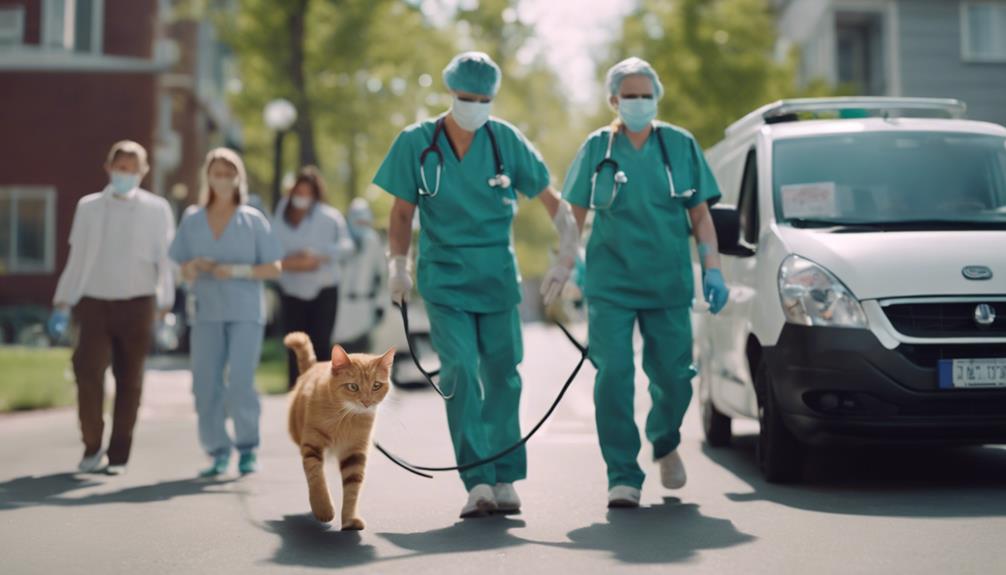
In cases of severe liver disease in cats necessitating critical care, interventions such as intensive monitoring and tailored treatment plans are crucial for improving outcomes and ensuring the well-being of the affected felines. When faced with severe liver disease, quick and appropriate action is vital. Below is a table highlighting key components of critical care for severe liver disease in cats:
| Critical Care Interventions | Details |
|---|---|
| Intensive Monitoring | Regular monitoring of vital signs, liver function tests, and response to treatment. |
| Tailored Treatment Plans | Customized treatment protocols based on the underlying cause and individual cat's needs. |
| Nutritional Support | Ensuring adequate nutrition through feeding tubes or specialized diets. |
Implementing these strategies promptly can significantly impact the recovery and well-being of cats with severe liver disease.
Preventing Liver Disease in Cats
To prevent liver disease in cats, maintaining a vigilant approach to their overall health and well-being is paramount. Here are some key tips to help keep your feline friend's liver healthy:
- Provide a balanced and nutritious diet tailored to your cat's specific needs.
- Ensure regular veterinary check-ups to monitor liver function and catch any issues early.
- Avoid exposure to toxins such as certain plants, medications, and chemicals that can be harmful to the liver.
Awareness of Feline Calicivirus Risks
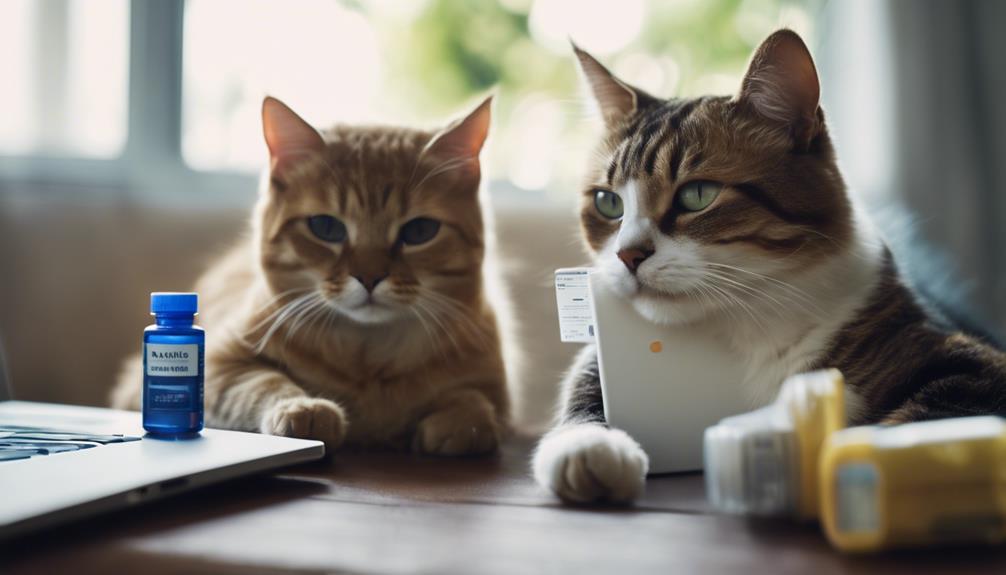
Being mindful of the potential risks associated with Feline Calicivirus is crucial for cat owners seeking to safeguard their pets' health. Feline Calicivirus is a highly contagious virus that can cause respiratory infections and oral ulcers in cats. It spreads through direct contact with infected cats or contaminated objects.
Symptoms include sneezing, nasal discharge, oral sores, and fever. In severe cases, it can lead to pneumonia or even death, especially in kittens or cats with weakened immune systems. Prompt veterinary care is essential if Calicivirus is suspected.
Vaccination, good hygiene practices, and limiting contact with unknown cats can help prevent the spread of this virus and protect your feline companion from potential harm.
Tips for Preventative Care
The implementation of preventive measures plays a crucial role in maintaining the overall health and well-being of cats. To ensure your feline friend's health and happiness, consider the following tips for preventative care:
- Regular Veterinary Check-ups: Schedule routine visits to the vet to catch any potential health issues early.
- Balanced Diet: Provide a nutritious diet tailored to your cat's needs to support liver health.
- Environmental Enrichment: Stimulate your cat mentally and physically with toys, scratching posts, and interactive play to reduce stress and promote overall well-being.
Frequently Asked Questions
Are There Any Specific Breeds of Cats That Are More Prone to Developing Liver Disease?
Specific cat breeds such as Siamese, Himalayan, and Abyssinian have shown higher predispositions to liver diseases. However, any feline can develop liver issues. Regular veterinary check-ups, monitoring symptoms, and early intervention are crucial for all cats.
Can Liver Disease in Cats Be Contagious to Other Pets or Humans in the Household?
Liver disease in cats is not contagious to other pets or humans in the household. It is crucial to focus on timely diagnosis and treatment. Early intervention plays a vital role in maximizing the chances of a positive outcome for the affected feline.
Are There Any Specific Dietary Recommendations for Cats With Liver Disease?
For cats with liver disease, dietary recommendations may include low-fat, high-quality protein diets. Consult a veterinarian for tailored nutrition plans. Proper nutrition supports liver function and overall health. Regular monitoring and adjustment are essential.
How Often Should a Cat With Liver Disease Be Monitored by a Veterinarian Once Treatment Has Begun?
Following the initiation of treatment for liver disease in cats, regular monitoring by a veterinarian is crucial. Typically, cats with liver disease should be monitored every 4-6 weeks initially to assess response to treatment, adjust medications if needed, and ensure overall health progress.
Can Environmental Factors, Such as Household Cleaners or Air Quality, Contribute to Liver Disease in Cats?
Environmental factors like household cleaners or poor air quality can potentially contribute to liver disease in cats. To ensure feline health, monitoring exposure to toxins and maintaining a clean, safe living environment is crucial in preventing liver issues.
Conclusion
In conclusion, early detection of liver disease in cats is crucial for optimal outcomes. By recognizing common symptoms, utilizing diagnostic methods, and understanding treatment options, pet owners can ensure timely intervention and improve prognosis.
Critical care for severe cases, preventative measures, and awareness of feline calicivirus risks are essential in safeguarding feline health. By fostering a proactive approach to healthcare needs, we can strive towards protecting the well-being of our beloved feline companions.




